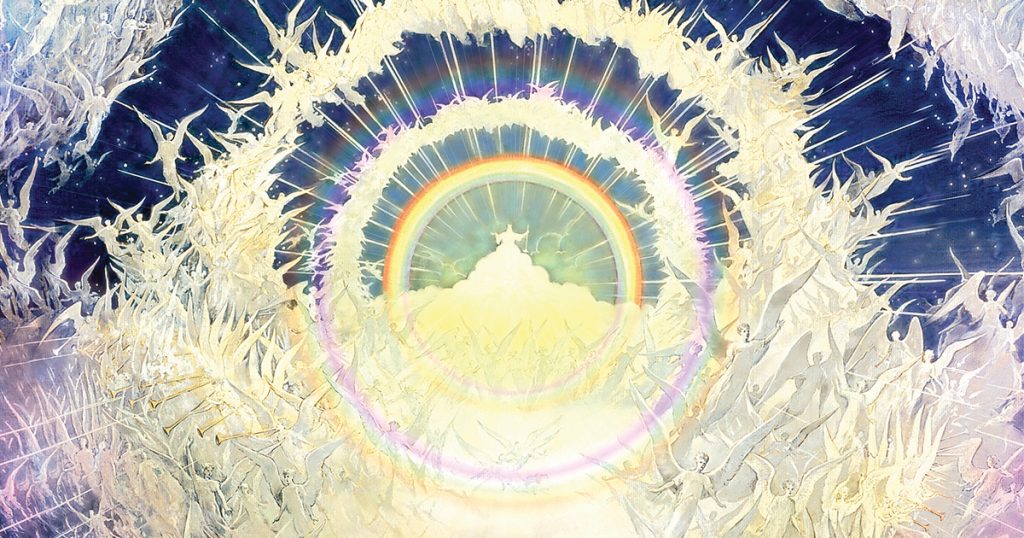“Who Is In Heaven”: The Greatness of God
"God can organize whatever is disorderly, restore what has been knocked down, illuminate what is in darkness, fill what is empty, and open what is closed. There is nothing He cannot do."
Jesus called heaven “my Father’s house” (John 14:2). Heaven is the center of power where the government of the universe resides. When Moses built the Tabernacle in the wilderness, God promised to manifest Himself within the Most Holy Place, where the Ark of the Covenant was located. But He wanted to make clear from whence He spoke to His people: “You have seen for yourselves that I have spoken to you from heaven” (Exodus 20:22).
In place of the Tabernacle, King Solomon built a Temple in Jerusalem. On opening day, God promised that His Name, His eyes, and His heart would dwell there and that He would listen to prayers offered in that place (2 Chronicles 7:12, 15–16).
When Jesus was teaching His disciples about prayer, all Jews were convinced that God still dwelt in the Temple and that that was the place where He should be worshiped. However, Jerusalem was under pagan Roman rule. The Temple was, in a sense, a government building, as it had been rebuilt by King Herod the Great. But wait: God doesn’t dwell in a temple erected by human beings! King Solomon recognized that the day he inaugurated the Temple he had built. In his prayer of dedication, Solomon acknowledged the greatness of God and said: “But will God really dwell on earth with humans? The heavens, even the highest heavens, cannot contain you. How much less this temple I have built” (2 Chronicles 6:18)!
At the time of Jesus’ earthly ministry, Israel had lived under the authority of a king since the days of Saul. Now Herod Antipas, a son of Herod the Great, was the ruler of Galilee; the Caesar, Tiberius, ruled the whole Roman Empire.
A number of different objects—a crown, a scepter, a throne—symbolize the high dignity of a monarch. The throne represents the preeminence of the one who occupies it. The crown symbolizes the honor due the monarch, and the scepter represents authority.
Louis XIV, one of the most powerful rulers in Europe in the 17thcentury, ordered that a portrait be painted to commemorate his coronation. The artist, Hyacinthe Rigaud, used symbolic elements to depict the majesty of this proud French king and the opulence that surrounded him. Louis stands before an elegant curtain of crimson and gold; he carries a sword in a jewel–studded sheath; he is dressed in silken garments and a blue velvet robe lined with ermine and decorated with fleurs–de–lis, the emblem of the royal house of France. The crown appears on a cushion to the right of the king as he rests his hand on the scepter.
The Scriptures employ symbols to communicate the truth about God. For example, God reveals Himself in the likeness of a king. Here is an image of God as a sovereign, holding absolute authority, surrounded by glory and majesty. God, our Father, is far greater than any earthly king. He takes precedence over all creation. Angels adore and fear Him, and so must we.
I believe that when we pray, the Lord wants us to keep this in mind: God has absolute and irresistible power. He doesn’t depend on anyone and doesn’t ask permission of anyone. When He sets His mind to do something, nothing in the universe can stop Him. As “our Father who is in heaven,” God is above all limitations and all earthly powers.
God can organize whatever is disorderly, restore what has been knocked down, illuminate what is in darkness, fill what is empty, and open what is closed. There is nothing He cannot do.







